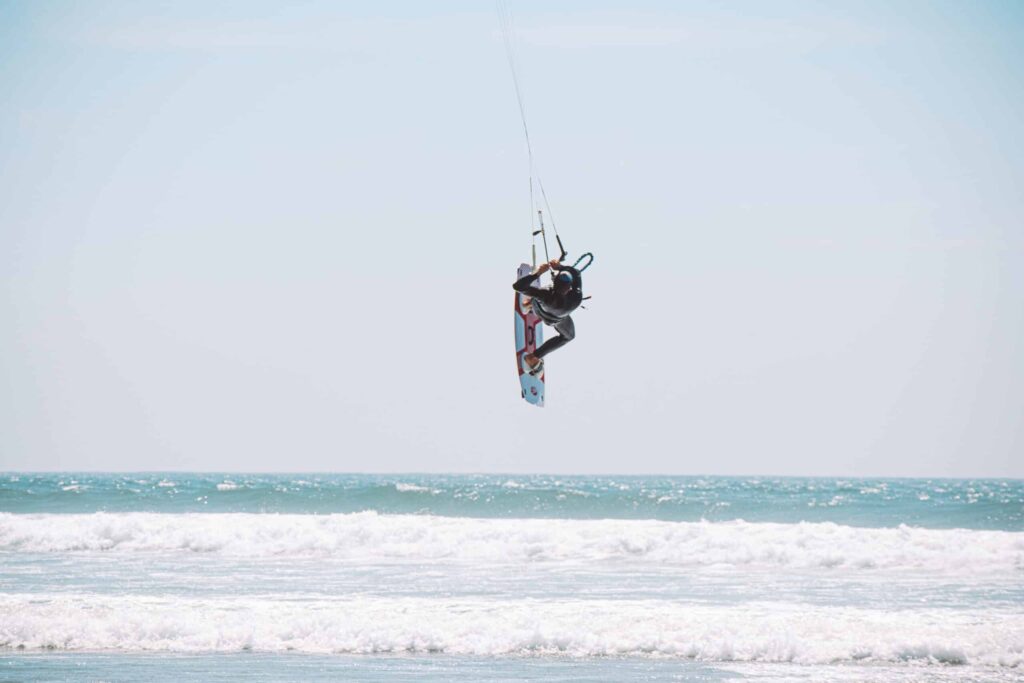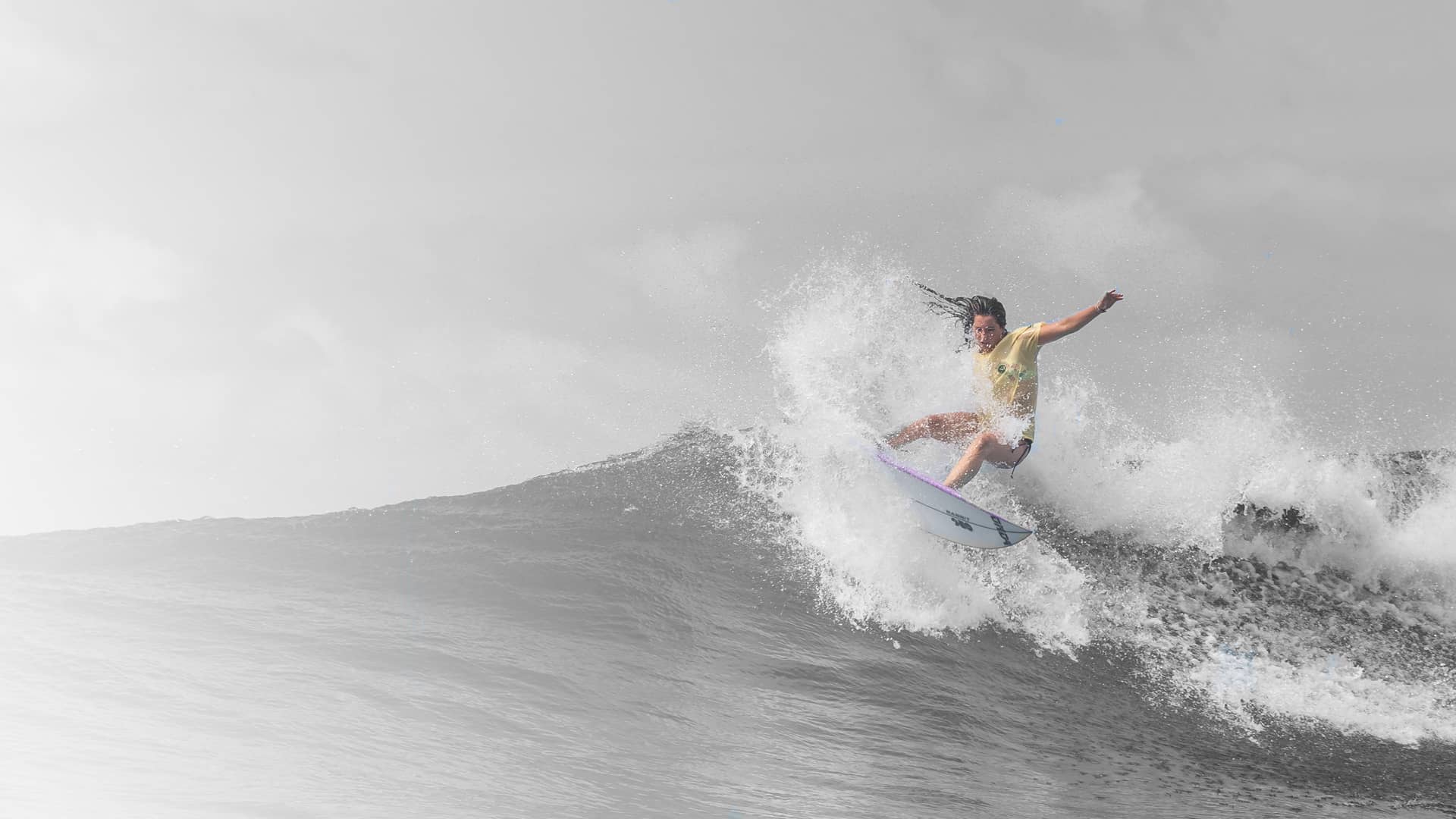Kitesurfing is an exhilarating sport that harnesses the power of the wind to propel you across the water using a kite and a board. If you’re interested in learning to kitesurf, this article will provide you with all the necessary information to get started. From choosing the right school to buying your first kit, here are the key things you need to know.
1. What is Kitesurfing?
Kitesurfing is a sport that combines elements of surfing, sailing, and wakeboarding. It involves using a kite controlled by a bar to capture the wind’s energy and glide across the water with a kitesurfing board. Unlike traditional surfing, kitesurfing is not dependent on waves, which means you can practice it in flat water, lagoons, or even in the presence of larger waves.
2. Required Skills to Get Started
Most kitesurfing students are beginners in sports, with no prior experience in kiteboarding or board sports. You don’t need any specific skills before starting kitesurfing lessons. An experienced instructor will teach you everything you need to know, starting from the basics and progressing to advanced techniques.
3. Fitness Level Needed
Kitesurfing does not require you to be highly muscular or in top physical shape. The equipment used, such as the kite and board, is lightweight and easy to maneuver. However, as with any sport, it’s beneficial to be reasonably fit to fully enjoy the experience.
4. The Importance of Lessons
Taking kitesurfing lessons is essential to ensure you learn the correct techniques and become a safe and responsible kitesurfer. A good instructor will teach you the basics of kite control, safety procedures, and how to handle different wind conditions. Without proper knowledge and guidance, you could be a danger to yourself and others in the water and on the beach.
5. Where to Learn Kitesurfing
There are various kitesurfing schools worldwide that offer lessons for beginners. One highly recommended option is the @ModoExpertoKiteTrips school, which provides an immersive experience and learning opportunities with experienced instructors. In addition to kitesurfing, they also offer lessons in surfing, paddleboarding, and yoga.
6. Choosing an Instructor or Kitesurfing School
When selecting an instructor or kitesurfing school, it’s important to look for someone with experience and proper certification. Ensure that the instructor has completed a recognized coaching course with organizations such as the FPV (Portuguese Sailing Federation) or IKO (International Kiteboarding Organization). Additionally, a passion for teaching and a patient approach are crucial qualities for an instructor to effectively teach beginners. If you’re unsure about whom to choose, consider asking for recommendations from friends or checking customer reviews.
7. Equipment Needed for Lessons
At @ModoExpertoKiteTrips, a range of kites, boards, and safety equipment is available to meet your needs and suit different wind conditions. Sun protection is also important, so be sure to have waterproof sunscreen, a hat, and if possible, polarized sunglasses.
Conclusion
Kitesurfing is an exciting sport that offers a wide range of possibilities for fun and progression. With the right lessons and choosing a suitable kitesurfing school, you can start learning and progressing quickly. Always remember to prioritize safety and enjoy the incredible adventure on the water to the fullest!
FAQs (Frequently Asked Questions)
1. How long does it take to learn kitesurfing? The time required to learn kitesurfing can vary depending on your dedication, wind conditions, and initial skills. However, most students can acquire a solid foundation within 10 to 15 hours of lessons.
2. Can I practice kitesurfing anywhere? While it’s possible to practice kitesurfing in various water conditions, it’s important to choose suitable locations, especially as a beginner. Look for areas with calm waters and moderate winds that are recommended for beginners.
3. Do I need to buy all the equipment before starting lessons? No, you don’t need to purchase equipment before starting lessons. Kitesurfing schools usually provide all the necessary equipment during the initial lessons. Once you gain experience and are ready to invest in your own gear, you can start researching available options.
4. Is kitesurfing dangerous? Like any sport, there are risks associated with kitesurfing. However, with proper precautions, adequate knowledge, and respect for wind and water conditions, you can enjoy kitesurfing safely. It’s always recommended to learn from an experienced instructor and follow established safety guidelines.
5. Is kitesurfing suitable for all ages? While kitesurfing can be enjoyed by people of different ages, it’s important to assess your physical condition and adaptability to wind conditions before starting. Some schools may have minimum age restrictions to ensure the safety of their students.







